Everything that teachers do has a cost, a benefit, and (ideally) a valuable balance between the two.
Often that cost is class or preparation time — a resource that always seems to be scarce — the benefit, student learning. But there are other indirect benefits that can come from many activities.
Given this, we naturally seek any strategies that can tip this balance in favour of the benefits.
Take collaborative learning: instructional arrangements that involve two or more students working together on a shared learning goal.
The planning stage of any sort of group task is significant. A teacher first must design (or select) an activity that has the right amount of difficulty. If too difficult or ill-defined, the students may grow frustrated and experience cognitive overload.
Then comes the Sudoku-like task of breaking the students into groups of the right size — a target of three or four and not more than five (Burke, 2011). The teacher needs to consider the demonstrated achievement of the students. The goal is a balance of heterogeneity in the group that maximises student learning and eases cognitive overload, which itself depends on the particular needs of the activity (Kirshner et al., 2018).
This must be balanced with the practical considerations of students in a classroom: students A and B were absent yesterday and shouldn’t be in the same group; students C and D are feuding — now isn’t the time to play peacemaker.
Perhaps a class period of group work also calls for a mild rearrangement of furniture (how did all those desks fit last time . . . )
Clearly then, teachers spend a great deal of time preparing. What can be done during the activity to optimise student collaboration and learning?
In a systematic review of literature, van Leeuwen and Janssen (2019) looked at more than 60 studies on the guidance that teachers give students during collaborative learning.
They examined qualitative and quantitative studies from primary and secondary settings. While some actions had mixed effects (for example, the researchers found that sometimes explanations from teachers had a positive effect, sometimes negative), they did find some broad suggestions that could be implemented during collaborative learning.
When it comes to promoting group learning, guidance on the “meta” level is better than on the content level. Rather than focusing the feedback on what group’s responses are, feedback on the how or why is more effective.
This focus can counteract some of the problems that students working in groups can face (Janssen & Wubbels, 2018). Collaborative skills do not come naturally to all students.
Furthermore, group dynamics can be affected by “free-riders,” students’ perceived status — even friendships.
The research suggests the following techniques best support student collaborative learning:
• Provide feedback on the strategies the group is using for the task. Is it an effective technique? How can the group make a plan?
• Give feedback on collaborative strategies. Is the group considering everyone’s input? How might they resolve a conflict?
• Prompt and question the group. Why did they make a particular decision? Can they provide greater explanation?
• Transfer control of the learning process to the group. Encourage them to make their own decisions; withhold answers the group may solve themselves.
To best encourage collaborative learning, teachers should “walk a fine line between explaining sufficiently and explaining too much” (van Leeuwen & Janssen, 2019). This is not easy. By their nature, teachers delight in answering questions. While there are times for these, collaborative learning is best served by withholding them.
Good group tasks demand so much effort and output in advance. It certainly seems fair during the task to transfer that effort and output to the students.
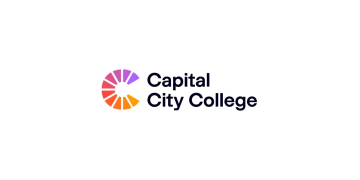


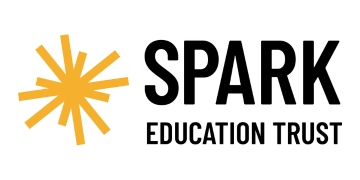
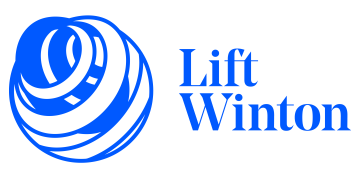
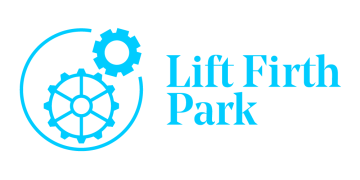
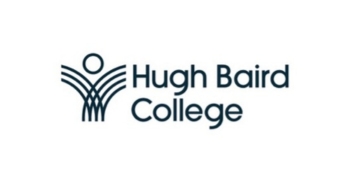

Collaborative learning will make little impact if it seen as a ‘stand alone, theory light’ initiative. On the other hand, it has the potential to result in huge gains when well practiced by teachers that understand the underlying learning theory justifications of Piaget and Vygotsky, that have been so brilliantly researched by the late Philip Adey and by Michael Shayer.
This is explained here.
https://rogertitcombelearningmatters.wordpress.com/2016/02/01/why-mistakes-must-be-celebrated/